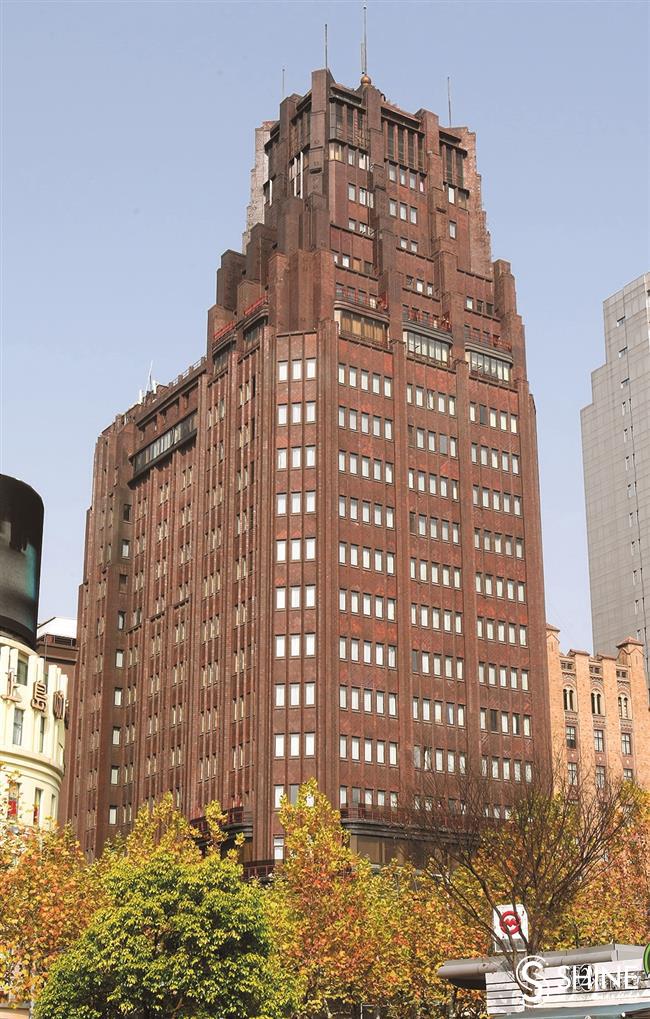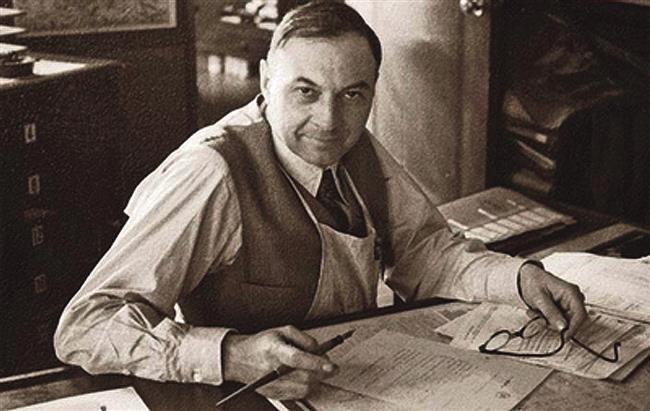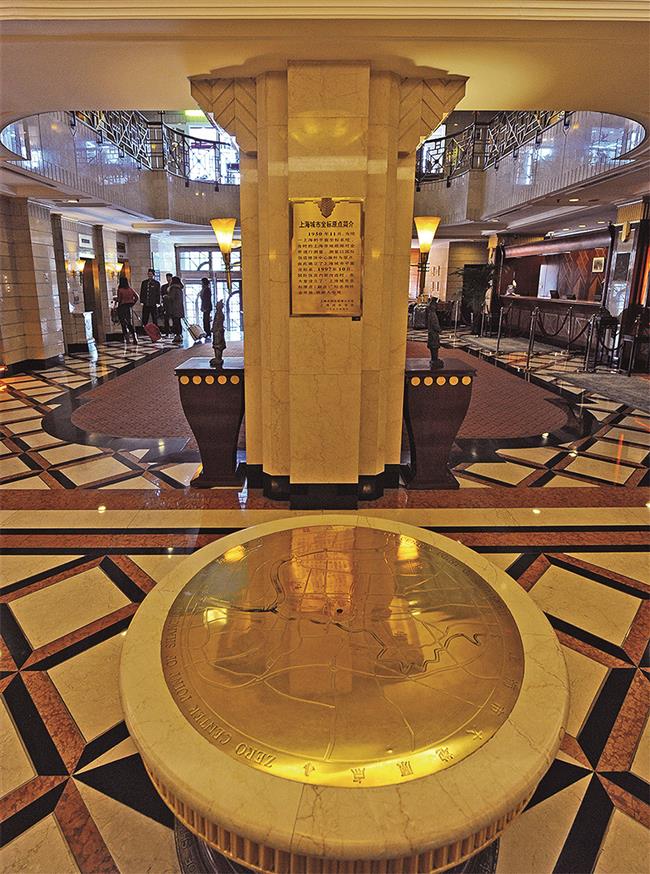今日上海
上海第一座摩天大楼代表了这座城市的建筑遗产 - 2024年02月08日
Shanghai's first skyscraper symbolizes the city's rich architectural heritage

Once the tallest building in the Far East, the Park Hotel on People’s Square remains a revered piece of Shanghai’s heritage.
The Park Hotel, known locally as the International Hotel, stands as a beacon of Shanghai’s history and architectural innovation.
The 24-story icon on People’s Square, once the tallest building in the Far East, embodies the spirit of a city continually reaching for the skies.
The building is often cited as architect Laszlo Hudec’s (1893-1958) most representative work. Indeed, his legacy has become entwined with that of the prestige hotel itself.

Laszlo Hudec (1893-1958)
Born in what is present-day Slovakia, Hudec’s journey to Shanghai was as dramatic as the buildings he designed. A World War I prisoner of war, he escaped from a Siberian prison camp and made his way to Shanghai, where he initially worked on railway construction.
Hudec’s arrival in the city coincided with a golden age of development. In the postwar landscape, the city’s real estate industry was booming, offering a fertile ground for Hudec’s talent.
Starting at an American architectural firm, Hudec quickly rose through the ranks, eventually opening his own practice in 1925 at age 32. The move marked the beginning of a prolific period in which he designed 62 buildings, including the Normandie Apartments, Grand Theater and the Park Hotel.
Conceived in the Modernist style, the hotel at 170 Nanjing Road W. represents Hudec’s evolution from revivalism and eclecticism to a modernist paradigm.
The building’s design represents a blend of Chinese tradition with global cosmopolitan flair, fulfilling functional requirements while harmonizing with an urban context.
The hotel was funded by the Four Banks Consortium, a powerhouse in modern Chinese finance.
The project was not just an architectural undertaking, but also a symbolic gesture of trust and stability in the banking industry. It was designed as a symbol of the strength and reliability of four leading financial institutions.
Hudec drew inspiration from his 1927-28 visit to view American skyscrapers, resulting in a distinctive Art Deco style.
The hotel’s construction, which began in August 1932, was also a remarkable feat. It involved deep piling to support its massive 80,000-ton weight — a pioneering approach in Shanghai’s architectural history. Its steel-frame structure, designed by a German firm, ensured both durability and safety.
The hotel featured two underground levels housing the consortium’s offices. The basement also included a vault with 3,400 various-sized safety deposit boxes, its door alone weighing 32 tons.
The ground floor serves as the main lobby, while the second to fourth floors are designated for dining and business leases.
The fifth to 13th floors house guest rooms, with the 14th floor boasting a high-end restaurant and ballroom. The 15th to 19th floors are comprised of apartments, and above the 20th floor lie machinery, cold storage and an observatory.
The hotel is equipped with seven elevators, including one large enough to carry a car and another designed specifically for food service. The building also has an indoor parking facility on the second floor, accessible via elevator.
The hotel also features Shanghai’s first automatic sprinkler system, which is activated at temperatures over 49 degrees Celsius.
After its completion in 1934, the hotel was Asia’s tallest building for nearly half a century and became a cultural hub in Shanghai.
It hosted numerous luminaries, including film star Charlie Chaplin, Peking Opera master Mei Lanfang, Kuomintang general Zhang Xueliang and Soong Mei-ling, wife of Chiang Kai-shek.
The building even provided inspiration to a young I.M. Pei, who would later become one of the world’s most renowned architects.

There is a marker of the zero point for Shanghai’s coordinate system at the Park Hotel’s lobby.
In 1950, the Park Hotel gained another distinction when the Shanghai Land Administration used its rooftop flagpole as the zero point for the city’s coordinate system.
Despite renovations over the years that have altered some of Hudec’s original designs, the hotel remains a revered piece of Shanghai’s heritage. In 2006, it was listed as a key national heritage site, protecting it and ensuring its legacy for future generations.
Source: Shanghai Daily
